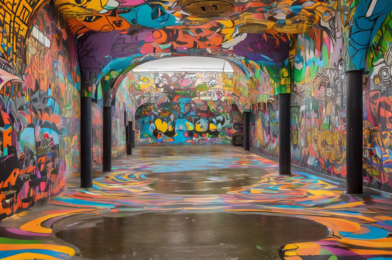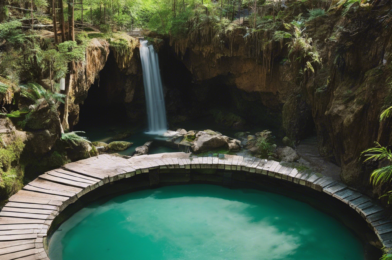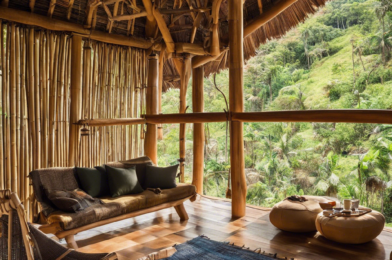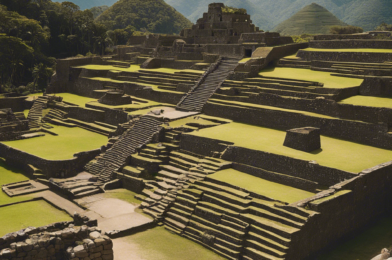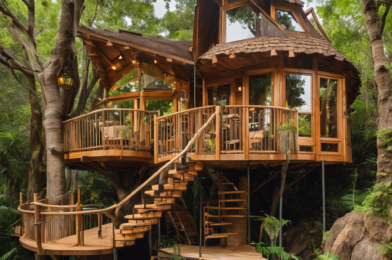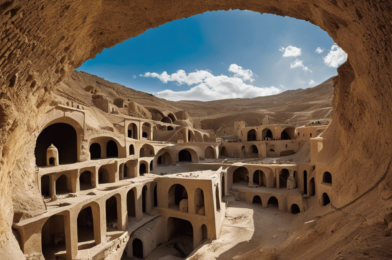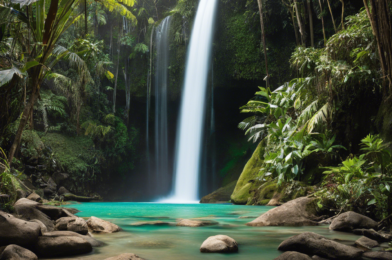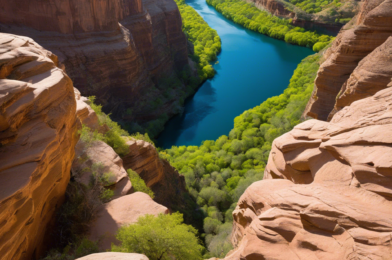Street art has long been a vibrant part of urban culture, offering a unique and often unexpected perspective on a city’s creative scene. While famous street art destinations like Brooklyn, Berlin, and London have garnered much attention, there are several lesser-known cities that boast thriving and innovative street art cultures. From colorful murals to thought-provoking graffiti, these unexpected hotspots offer a fresh and exciting take on the world of street art.
Let’s explore five surprising cities that are making waves in the street art scene and challenging the conventional boundaries of art.
1. Valparaiso, Chile: Valparaiso’s steep hillsides are a canvas for colorful and imaginative street art. The city has a rich history of political and social art, with vibrant murals and graffiti conveying powerful messages. The UNESCO-listed historic quarter, with its labyrinthine streets and colorful funiculars, is a haven for street artists and a delight for visitors seeking unexpected art encounters.
2. George Town, Penang, Malaysia: This vibrant city is famous for its street art, particularly the steel rod sculptures by local artist Tang Yeok Khang, better known as “Ernest Zacharevic.” His unique art blends with the city’s heritage architecture and has become a beloved part of George Town’s charm. The city’s walls also feature an array of expressive graffiti and murals, making it a dynamic street art destination.
3. Honolulu, Hawaii: Beyond its beautiful beaches, Honolulu has a burgeoning street art scene. Kaka’ako, a former industrial district, has been transformed into a vibrant arts neighborhood, with colorful murals and creative installations. The area hosts a renowned Pow! Wow! festival, an annual gathering of street artists from around the world, further solidifying Honolulu’s place in the global street art movement.
4. Johannesburg, South Africa: As the cultural hub of South Africa, Johannesburg boasts a dynamic and politically charged street art scene. The city’s downtown district is adorned with powerful murals and thought-provoking graffiti, reflecting the country’s rich history and ongoing social struggles. The art here is a testament to the power of expression and the role of art in driving social change.
5. Riga, Latvia: Riga, the Baltic’s cultural metropolis, has a burgeoning street art culture. The city’s alternative art scene thrives in the Moscow District, where old factories and abandoned buildings serve as canvases for large-scale murals. Local artists also gather at the Riga Central Market, a UNESCO site, to display their talents. The city’s art scene is an enticing mix of history, tradition, and contemporary expression.
These cities challenge the conventional notion of an “art gallery,” transforming their urban landscapes into open-air exhibitions. The diverse range of street art styles and techniques on display showcases the creativity and talent of artists who use the city as their canvas. So, the next time you find yourself in one of these unexpected art destinations, be sure to explore beyond the typical tourist trails and discover the vibrant world of street art that awaits. It’s a unique way to uncover a different side to these cities and engage with their cultural offerings.
Exploring these underground art scenes offers a fascinating glimpse into the unexpected, revealing a world where art is not confined to museums and galleries but thrives on the streets, challenging conventions and inspiring surprise encounters.
So, keep your eyes peeled, and don’t be afraid to wander off the beaten path – you never know what artistic treasures you might uncover!

